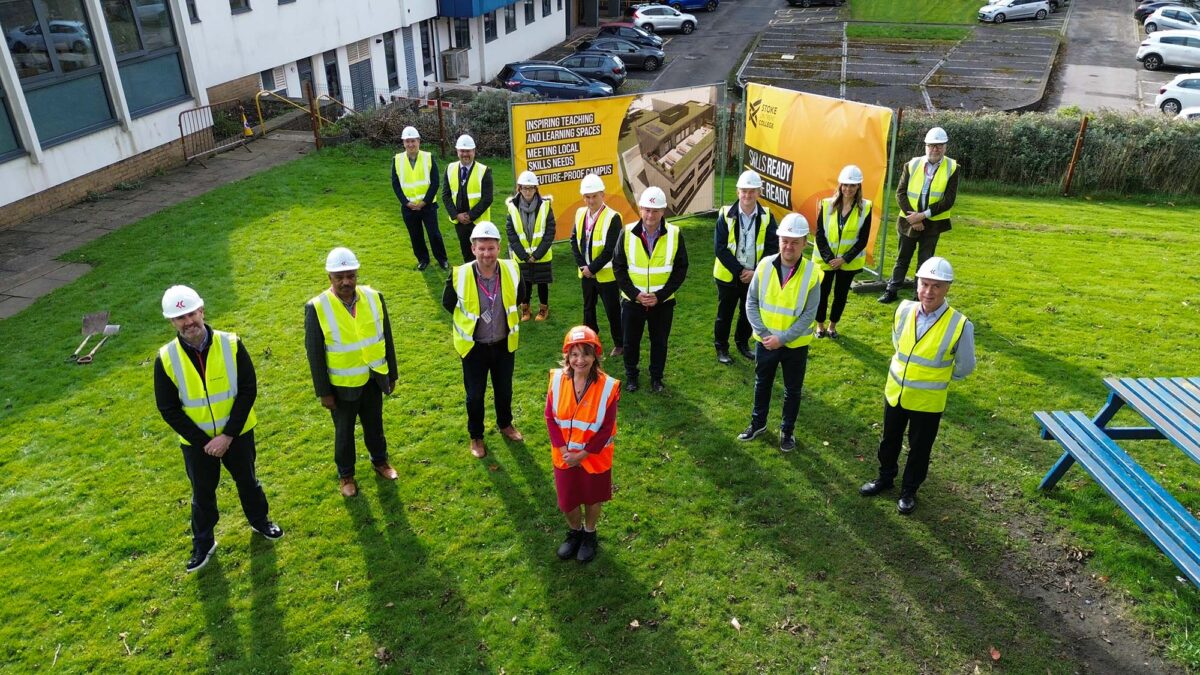Care about upskilling, reskilling, social mobility and innovation? Look no further than VET

This article explores the crucial role of vocational education and training (VET) in equipping both youth and adults with the skills needed in the future of work. It highlights innovative VET institutions that have successfully reached individuals from diverse backgrounds.
A good match between skills provided by education and the skills demanded in the labour market is key for inclusive societies and economic development. However, the skills required by employers are rapidly changing, and education has evolved at an uneven pace. This has entailed skills mismatches worldwide. OECD research shows that currently around 30% of workers are mismatched to their jobs by field of study and a similar number of workers are over- or under-qualified for their job.
Digital and green skills
Two of the main drivers of change within the labour market are the digital and green transitions. Technology is creating millions of new jobs, while also disrupting others through automation and increased human-machine interaction. The World Economic Forum notes that over 70% of firms perceive they cannot find the skills needed to thrive in the digital transformation. In parallel, the green economy is expected to create over 20 million jobs worldwide by 2030. Clearly, the development of digital and green skills is urgent if we want to achieve sustainable development and narrow inequalities.
Neglected vocational education and training (VET)
In this context, inclusivity and productivity will depend on the capacity of education and skills systems to provide everyone with the right skills. One avenue for doing this in our view is the previously neglected vocational education and training (VET) which can provide youth and adults with the skills needed to build a better future.
VET had often been linked to negative stereotypes around low-status education and low wage jobs in many countries. Consequently, many students tend to prioritize general education and only 37% of 15-19 years-olds upper secondary students, across OECD countries are enrolled in VET. But we are seeing a change, VET is being prioritized given its unique position at the intersection of work and school. Why is that?
VET is being prioritized given its unique position at the intersection of work and school. Why is that?
1)VET can provide students with the right skills
Well-designed VET brings together insights from many stakeholders, such as businesses, education systems, policy-makers, and labour unions, since establishing partnerships contributes to a better forecast of the skills demand and a better adaptation of the curricula to respond to employers’ needs.
2) Work-based learning VET can smoothen the school-to-work transition
Good VET programs have an extensive work-based learning (WBL) component. This provides students with industry-specific skills and the opportunity to showcase their potential with employers. Countries with more students in WBL pathways, such as Switzerland and Denmark, tend to obtain better results. Yet, in most countries students enrolled in VET continue to participate in mostly school-based vocational programmes.
3) VET can reduce barriers and open new possibilities
Despite several countries setting up lifelong learning mechanisms, only 40% of adults participate in training and those in greatest need for training are less likely to participate. This is not always due to a lack of interest or commitment as 11% of adults would like to participate in training but lack time, money, or support from their employers. This makes it evident that new alternatives and flexible pathways must become a policy priority.
How can VET become more attractive?
To become more attractive VET programmes need to be flexible, innovative, and inclusive. Fortunately, several examples are already going in this direction.
In France, where only 10% of students enrolled in ICT programmes are females, Ada , a post-secondary, Tech School aims to bridge the gender gap by providing thought-for-women VET around Tech. Their programmes ensure that students learn at the intersection of school and work. Firstly, students develop coding and software development skills in a school-based environment. Then, participate in WBL, where they showcase their abilities to employers while upskilling. As a result, students are empowered to participate in sectors where they have been misrepresented while also increasing their employability.
Ecole Gustave is another example of a school that knows that talent is evenly distributed, but opportunities are not. It offers innovative and flexible alternatives to general education, and enables individuals from disadvantaged backgrounds to enrol and thrive in VET programmes. To achieve this, they offer “bootcamps”, 3 months long intensive programmes, to provide workers with feasible opportunities of studying without losing their income.
VET becoming attractive around the world
Attractive VET is not only in Europe and several VET institutions are emerging around the world. In China, the Shenzhen Polytechnic has established strong education-industry partnerships to raise interest in VET by appropriating the reputational value of high tech companies whilst ensuring their students are prepared to join the Tech sector. So far, the Polytechnic has worked with various tech firms, such as Huawei and Alibaba making programmes more attractive, and also boosting innovation and productivity in the region.
VET is often not representative of the whole population. In Canada, VET is becoming increasingly inclusive and diverse by making training culturally reflective of the indigenous culture. First Nations is a vocational school that focuses on health education. It offers VET pathways that provide indigenous people with the skills needed to work in Health Services. Notably, the school works closely with indigenous communities. The results illustrate how it is possible to provide relevant skills while also reflecting the culture and tradition of its students.
Hopefully, these and other VET schools around the world are only the beginning of innovative, responsive, inclusive and flexible VET programmes. As these can play an important role in upskilling youth, reskilling adults and allowing people from every background prepare for the future of work.
By El Iza Mohamedou, head of centre for skills at OECD and Eugenia Gonzalez, Digital and Social Change at the University of Oxford- Policy Analysis OECD
FE News on the go…
Welcome to FE News on the go, the podcast that delivers exclusive articles from the world of further education straight to your ears.
We are experimenting with Artificial Intelligence to make our exclusive articles even more accessible while also automating the process for our team of project managers.
In each episode, our thought leaders and sector influencers will delve into the most pressing issues facing the FE sector, offering their insights and analysis on the latest news, trends, and developments.











Responses